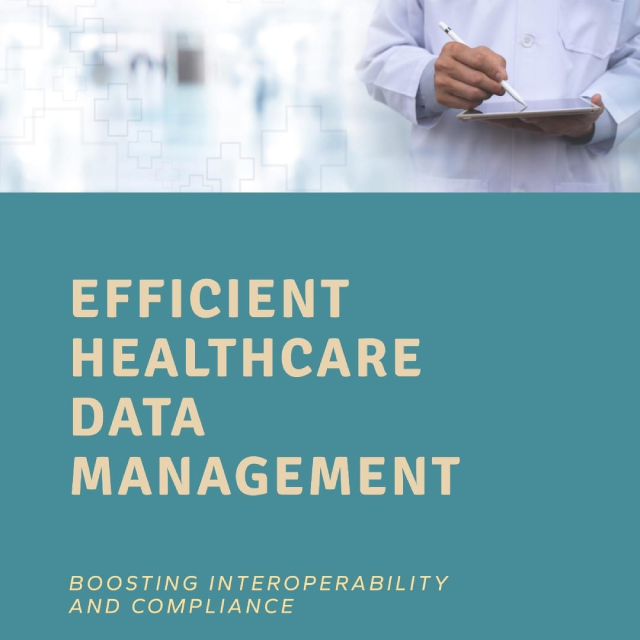Navigating the Digital Landscape: A Comprehensive Guide to Digital Marketing Strategies
Introduction:
In the fast-paced world of business, where technology is constantly evolving, digital marketing has become an indispensable tool for companies aiming to stay ahead of the curve. As consumer behavior continues to shift towards online channels, businesses need to adapt their marketing strategies to effectively reach and engage their target audience. In this blog, we’ll explore the dynamic realm of digital marketing and provide insights into key strategies that can elevate your brand in the digital landscape.
Understanding the Digital Landscape:
The first step in creating a successful digital marketing strategy is understanding the digital landscape. This includes recognizing the importance of online platforms, social media, search engines, and other digital channels where your target audience spends their time. Analyzing market trends, consumer behavior, and competitor activities will provide a solid foundation for your digital marketing efforts.
Building a Strong Online Presence:
A compelling online presence is crucial for any brand seeking success in the digital age. This involves creating a user-friendly website that reflects your brand identity, is optimized for search engines (SEO), and provides a seamless user experience. A well-designed website not only attracts visitors but also converts them into customers.
Search Engine Optimization (SEO):
SEO is the backbone of digital marketing. Optimizing your website for search engines helps improve its visibility, making it easier for potential customers to find your products or services. Keyword research, on-page optimization, and quality content creation are key elements of a successful SEO strategy.
Social Media Marketing:
Social media has become a powerful tool for brand promotion and customer engagement. Developing a robust social media marketing strategy involves choosing the right platforms for your audience, creating engaging content, and fostering a sense of community around your brand. Regularly analyzing and adjusting your social media strategy based on performance metrics is crucial for sustained success.
Content Marketing:
Content is king in the digital realm. Creating valuable and relevant content helps establish your brand as an industry authority, attracts organic traffic, and engages your audience. Whether it’s blog posts, videos, infographics, or podcasts, a well-rounded content marketing strategy can significantly impact your digital presence
Email Marketing:.
Despite the rise of newer marketing channels, email remains a potent tool for customer communication. Building and nurturing an email subscriber list allows you to directly connect with your audience, share personalized content, and drive conversions. Implementing automation tools can enhance the efficiency and effectiveness of your email campaigns.
Paid Advertising:
Paid advertising, whether through search engine marketing (SEM) or social media advertising, can provide immediate visibility for your brand. Crafting compelling ad copy, targeting the right audience, and monitoring campaign performance are essential for a successful paid advertising strategy.
Data Analytics and Performance Measurement:
To ensure the effectiveness of your digital marketing efforts, it’s crucial to regularly analyze data and measure performance. Utilize analytics tools to track key performance indicators (KPIs), such as website traffic, conversion rates, and social media engagement. This data-driven approach enables you to make informed decisions and optimize your strategies for better results.
Conclusion:
In a digitally driven world, a comprehensive and well-executed digital marketing strategy is vital for business success. By understanding the digital landscape, building a strong online presence, and leveraging key marketing channels, your brand can connect with the right audience, drive engagement, and ultimately achieve your business objectives. Stay agile, adapt to emerging trends, and continuously refine your digital marketing approach to stay ahead in the competitive digital landscape.


